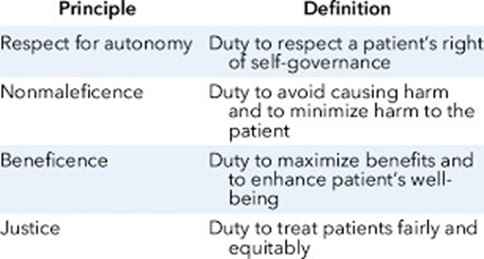A nurse is teaching a client who has a new prescription for sertraline to treat depression.
For which of the following findings should the nurse instruct the client to monitor and report immediately as indicating serotonin syndrome?
Insomnia.
Constipation.
Dry mouth.
Excessive sweating.
The Correct Answer is D
Choice A rationale:
Insomnia is a common side effect of sertraline and many other antidepressant medications. It is not indicative of serotonin syndrome, a potentially life-threatening condition characterized by excessive serotonin levels in the brain.
Choice B rationale:
Constipation is a side effect of some antidepressant medications, including sertraline. It is not a symptom of serotonin syndrome, which presents with a combination of symptoms such as confusion, agitation, rapid heart rate, dilated pupils, muscle rigidity, and high body temperature.
Choice C rationale:
Dry mouth is another common side effect of sertraline and many other medications. While uncomfortable, it is not a sign of serotonin syndrome. Symptoms of serotonin syndrome are neurological and autonomic, involving changes in mental status, muscle activity, and vital signs.
Choice D rationale:
Excessive sweating, also known as diaphoresis, can be a symptom of serotonin syndrome. Other symptoms might include agitation, tremor, hyperreflexia, fever, dilated pupils, and diarrhea. If a patient experiences these symptoms while taking sertraline, it could indicate serotonin syndrome and should be reported immediately for medical evaluation.
Nursing Test Bank
Naxlex Comprehensive Predictor Exams
Related Questions
Correct Answer is D
Explanation
- A. Calories is incorrect. Clients with Crohn's disease and enteroenteric fistula need adequate calories to prevent malnutrition and weight loss due to inflammation, malabsorption, and increased metabolic rate.
- B. Protein is incorrect. Clients with Crohn's disease and enteroenteric fistula need adequate protein to promote tissue healing and prevent protein-losing enteropathy.
- C. Potassium is incorrect. Clients with Crohn's disease and enteroenteric fistula are at risk of hypokalemia due to diarrhea, vomiting, and fistula drainage. They need to increase their potassium intake to prevent electrolyte imbalance and cardiac complications.
- D. Fiber is correct. Clients with Crohn's disease and enteroenteric fistula should decrease their fiber intake to reduce intestinal motility, bulk, and gas production, which can worsen the inflammation and fistula formation.
Correct Answer is A
Explanation
- A. Autonomy is the ethical principle that respects the right of clients to make their own decisions and choices regarding their health care. Informed consent is a process that ensures that clients are fully informed of the benefits, risks, alternatives, and consequences of a proposed treatment or procedure, and that they voluntarily agree to it.
- B. Nonmaleficence is the ethical principle that obliges health care providers to do no harm to clients, either intentionally or unintentionally. Informed consent does not directly promote this principle, although it may help to prevent harm by disclosing potential risks and complications.
- C. Justice is the ethical principle that requires fair and equal treatment of all clients, regardless of their personal characteristics, preferences, or values. Informed consent does not directly promote this principle, although it may help to ensure that clients are not coerced or manipulated into accepting a treatment or procedure that they do not want or need.
- D. Fidelity is the ethical principle that requires health care providers to be faithful and loyal to their clients, and to honor their commitments and promises. Informed consent does not directly promote this principle, although it may help to establish trust and rapport between clients and providers.

Whether you are a student looking to ace your exams or a practicing nurse seeking to enhance your expertise , our nursing education contents will empower you with the confidence and competence to make a difference in the lives of patients and become a respected leader in the healthcare field.
Visit Naxlex, invest in your future and unlock endless possibilities with our unparalleled nursing education contents today
Report Wrong Answer on the Current Question
Do you disagree with the answer? If yes, what is your expected answer? Explain.
Kindly be descriptive with the issue you are facing.
